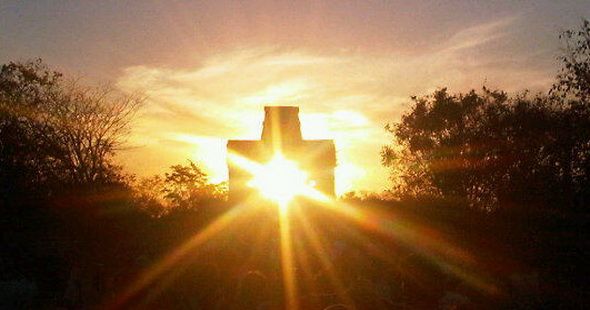Visitors will be congregating soon at two well-known Mayan sites in Yucatan to witness the wonder of Mayan astronomical accuracy.
The phenomena to be noted are the sunrise at the Temple of the Seven Dolls in Dzibilchaltún and the descension of the Feathered Serpent shadow at the great pyramid of Chichén Itzá.
On March 21, it will be possible to witness first-hand these phenomena that reflect the accuracy of Mayan astronomy as it was integrated into architecture.
The Equinox sunrise creates an alignment with the Temple of the Seven Dolls at Dzibilchaltun. This ancient Maya city, a relatively small archaeological site near Merida, dates back to 300 B.C.
In the afternoon, many Maya aficionados will move on to
Chichen Itza, one of the most famous of Mayan archaeological sites and one of the “New 7 Wonders of the World”.
At Chichén, El Castillo, or the grand pyramid, has a staircase on all four sides, each with 91 steps that totaled with the last step on top equal the 365 days in a solar year. On the afternoon of the Equinox the Feathered Serpent descends in a glory of shadow and light down the great pyramid, signaling the most auspicious time to plant the essential and revered food staple of the Maya, corn.
This event is one of the most dramatic displays of Mayan astronomical knowledge encoded into architecture at any remaining site.
Many visitors will stay on into the evening for an impressive light and sound show at the ruins.
TYT Newsroom




